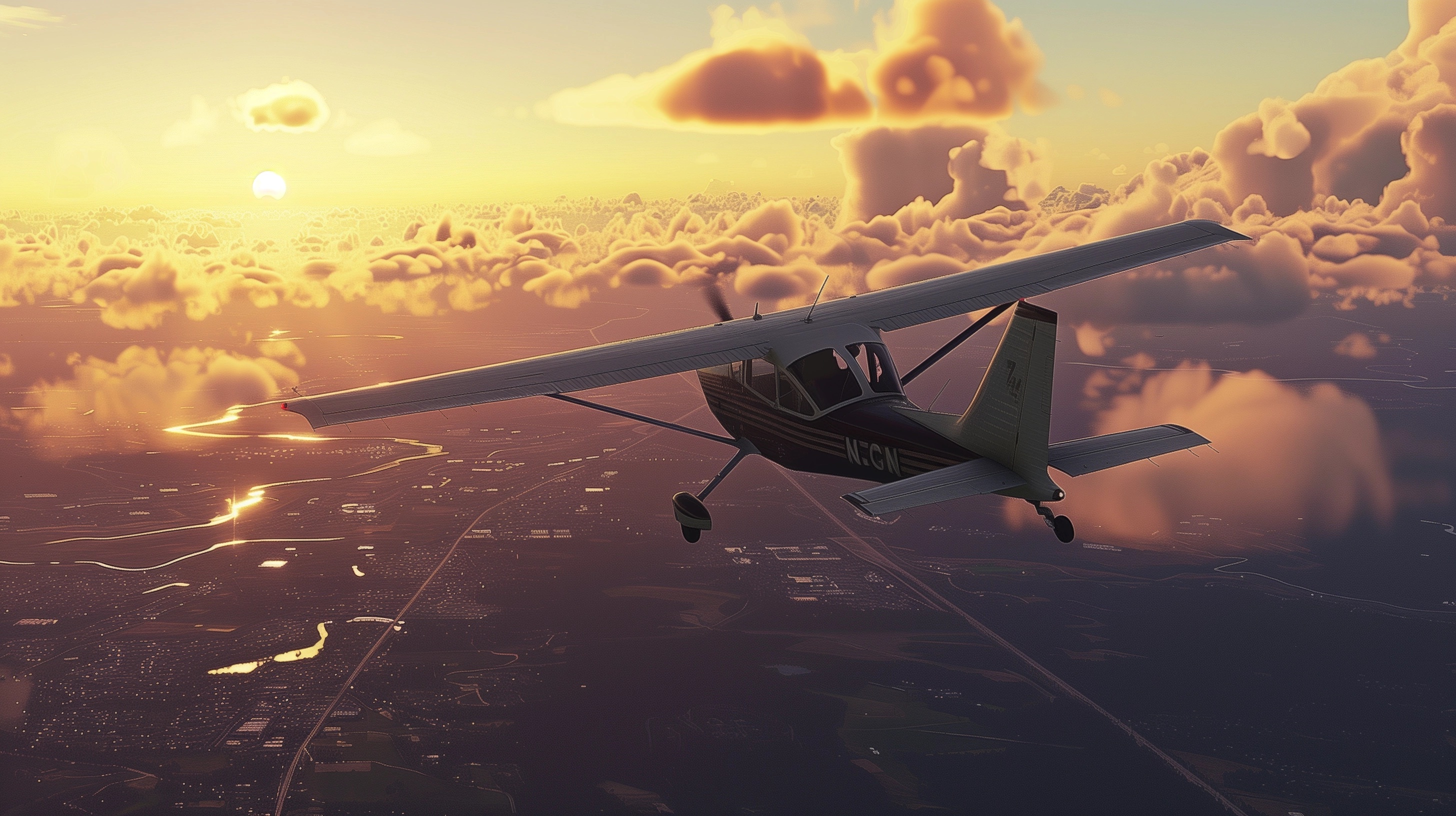Vx vs Vy: Best angle of climb speed and Best rate of climb speed
- 30 July 2024
Understanding Vx and Vy: The Crucial Differences for Pilots
For aviators, mastering the nuances of flight performance is essential for safe and efficient flying. Two critical airspeeds that every pilot must understand are Vx and Vy.
These terms, while seemingly similar, serve distinct purposes in different flight scenarios.

What is Vx?
Vx stands for the best angle of climb speed.
It is the airspeed at which an aircraft gains the most altitude in the shortest horizontal distance. This speed is particularly useful when a pilot needs to clear obstacles shortly after takeoff, such as trees, buildings, or mountains.
By flying at Vx, the aircraft achieves the steepest climb angle, allowing it to ascend rapidly over a short distance.
What is Vy?
Vy stands for the best rate of climb speed. This is the airspeed at which an aircraft gains the most altitude in the shortest amount of time.
Unlike Vx, which focuses on horizontal distance, Vy is concerned with vertical speed.
Flying at Vy is optimal for reaching a higher altitude quickly, which can be crucial for avoiding weather, improving fuel efficiency, or reaching cruising altitude.
Key Differences Between Vx and Vy
- Purpose:
- Vx: Used for clearing obstacles immediately after takeoff.
- Vy: Used for achieving the highest altitude in the least amount of time.
- Climb Angle vs. Climb Rate:
- Vx: Maximizes the climb angle (steepest ascent).
- Vy: Maximizes the climb rate (fastest ascent in terms of time).
- Airspeed:
- Vx: Generally lower than Vy.
- Vy: Higher than Vx, as it focuses on efficient vertical climb.
- Application:
- Vx: Crucial in scenarios with nearby obstacles.
- Vy: Ideal for general climb to cruising altitude, weather avoidance, or fuel efficiency.
Practical Scenarios
When to Use Vx
Imagine taking off from a short runway surrounded by tall trees. In this scenario, achieving the best angle of climb (Vx) is essential to ensure the aircraft clears the trees safely.
Pilots will maintain Vx until they are confident that all obstacles are cleared, then transition to Vy for a more efficient climb.
When to Use Vy
Once the immediate obstacles are cleared, pilots will typically transition to Vy.
For instance, if a pilot is flying from a low-altitude airport and needs to reach cruising altitude quickly to avoid turbulent weather, maintaining Vy will allow the aircraft to ascend rapidly, minimizing time spent in potentially dangerous conditions.
Common Mistakes
- Overusing Vx unnecessarily: Many pilots use Vx (best angle of climb speed) too often when it's not actually needed. Vx should primarily be used for clearing obstacles shortly after takeoff, not as a general climb speed.
- Climbing at Vx for too long: Some pilots maintain Vx for extended periods (e.g. up to 1000 feet) when it's not necessary. This can lead to poor engine cooling and reduced visibility.
- Not transitioning to Vy: Pilots should transition from Vx to Vy (best rate of climb speed) once obstacles are cleared, but some fail to do so.
- Misunderstanding the purpose: Some pilots mistakenly believe climbing at Vx gives them a better chance of landing back on the runway in case of engine failure. However, this thinking is flawed and can be dangerous.
- Ignoring other factors: Pilots sometimes focus too much on Vx/Vy without considering other important factors like engine cooling, visibility, and safety margins above stall speed.
- Fixating on exact speeds: Some pilots become overly focused on hitting exact Vx or Vy speeds, rather than using them as general guidelines and adjusting based on conditions.
- Not adjusting for conditions: Pilots may fail to account for how factors like aircraft weight, density altitude, and environmental conditions affect optimal climb speeds.
- Neglecting "cruise climb": Many pilots overlook the benefits of a cruise climb, which can offer better engine cooling, visibility, and overall efficiency compared to Vx or Vy in many situations.
Conclusion
Understanding the differences between Vx and Vy is fundamental for effective and safe piloting.
Vx, the best angle of climb speed, is your go-to for obstacle clearance, while Vy, the best rate of climb speed, is optimal for reaching higher altitudes quickly.
Mastering these speeds can significantly enhance your flight performance, ensuring both safety and efficiency.
Whether you're a student pilot or an experienced aviator, always remember to adjust your climb speeds according to the specific demands of your flight scenario.







